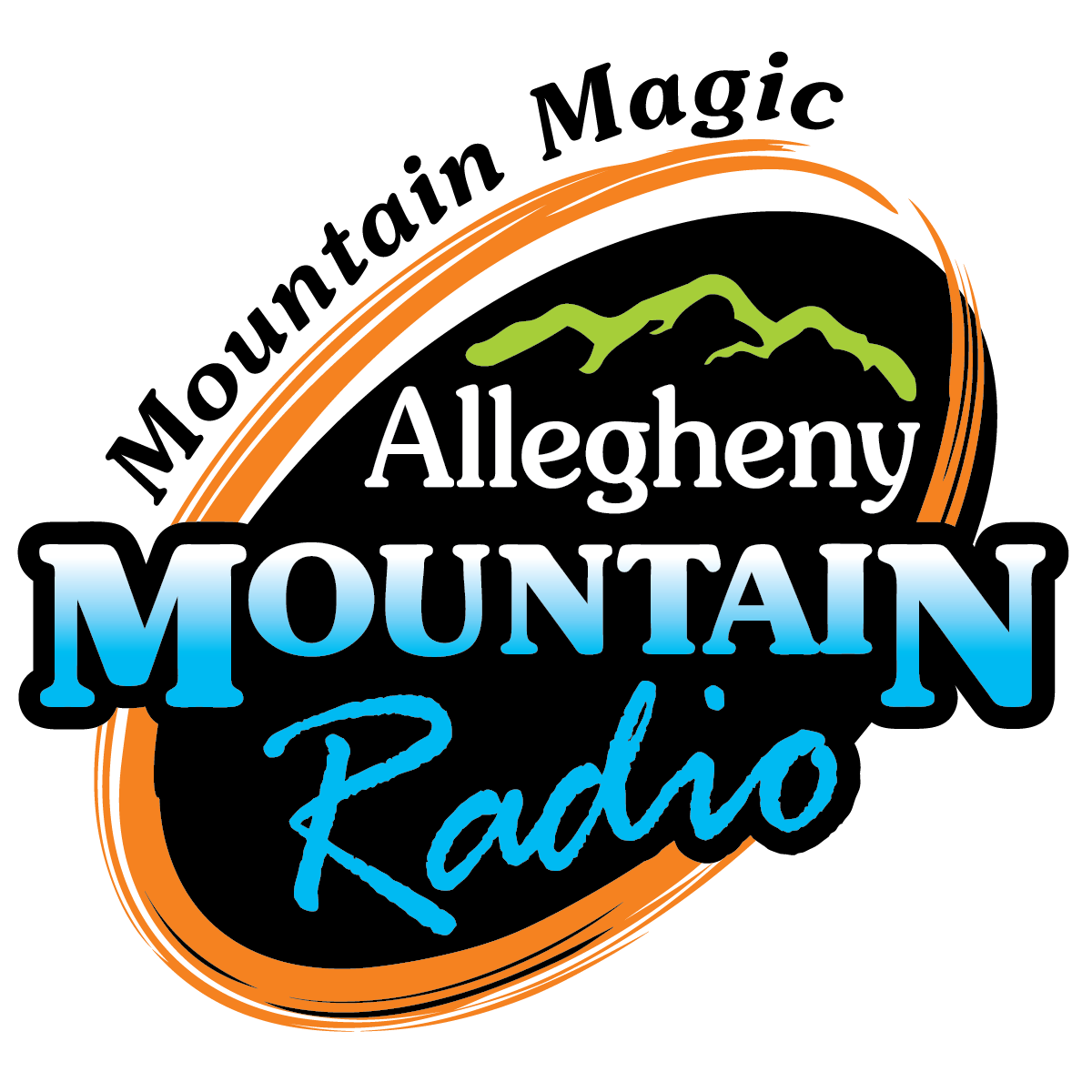20th Anniversary Retrospective – Part 2
In Part 1 of our look back at the 20th anniversary of WVLS and WCHG going on the air, you heard the early efforts to bring community radio to Bath and Highland counties, including the Pocahontas Communications Cooperative Board deciding in 1991 to pursue this goal.
In the spring of 1992, a Highland-Bath Community Radio Project Steering Committee was formed, which met monthly, usually at the Bolar Ruritan Building. The members of this committee shepherded development in their individual counties, and in 1993, the PCC applied to the FCC for permission to construct a radio station in Highland County, and to the US Department of Commerce for a grant to equip stations in Highland and Bath and connect WVMR to the new broadcast outlets.
After a county-wide “Name the Station” contest, permission was received for from the FCC to assign the call letters WVLS (for Virginia’s Little Switzerland) to the Highland station, which would broadcast on the 89.7 frequency. During 1994 and 1995, the vocational class at Highland High School renovated a small unused portion of the vocational wing into a radio studio, and equipment was installed in the spring of 1995. WVLS began broadcasting on Memorial Day weekend. The following month, the WHBA transmitter became operational again in Bath, repeating the signal from WVLS. All of the Bath County football games were broadcast over both FM stations; the Chargers won their first ever state championship that year.
After almost twenty years in the “littlest radio studio in the country”, as folks called it, a new permanent station was built to house the WVLS studio, where it has resided since 2005, behind the post office in Monterey. Construction of the current Bath County studio in the high school parking lot began in Spring of 1996. The stations’ call letters had been changed to WCHG, which was actually the second place winner of a station naming contest – the winning choice, WVMP, was unavailable. Final equipment installation happened during the summer, and the Bath studio became operational, fulfilling the dream of independent radio resources serving both counties.
Our thanks to Gibbs Kinderman for the historical information in this report.




